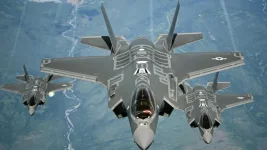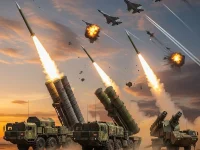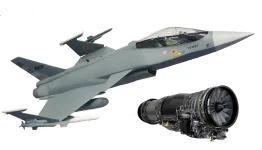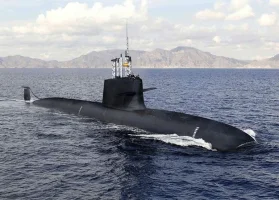
The recent capsizing of INS Brahmaputra during refit has raised concerns within the Indian Navy, prompting a thorough investigation. While the official Board of Inquiry (BoI) findings are pending, a fire fighting and damage control specialist offers insights into potential causes based on available evidence.
Ships undergoing refit are particularly susceptible to fires due to ongoing repair work and "Hot Work" activities like welding. While such fires are common and usually manageable, the Brahmaputra incident suggests a failure to contain the blaze promptly.
The use of water, often seawater, to extinguish the fire could have exacerbated the situation. Accumulated water on deck, especially if not efficiently pumped out due to refit limitations, can significantly affect a ship's stability. If water accumulates unevenly, the ship can list or heel.
A ship's stability depends on the balance between its center of gravity (CoG) and center of buoyancy (CoB). Water accumulation raises the CoG, while a developing list shifts and lowers the CoB, creating a righting arm that worsens the list. If the CoG surpasses the CoB, the ship loses buoyancy and capsizes.
Visual evidence of the Brahmaputra incident supports this theory. Footage shows a fire in the superstructure, indicating water accumulation on top. The ship's dangerous list to port further suggests stability issues caused by uneven water distribution.
This is the second such incident for a Brahmaputra-class frigate, with INS Betwa experiencing a similar fate in 2016 during undocking. This raises questions about the design stability of these vessels, which might prioritize agility over stability. The BoI will likely examine this aspect and recommend necessary modifications.
Despite the setback, INS Brahmaputra is expected to recover, similar to INS Betwa's return to service after its incident. The Indian Navy and the Brahmaputra team are anticipated to overcome this challenge within a few months.





